Baking feels magical, doesn’t it? You start with a bowl of flour, sugar, and eggs, and somehow it transforms into a golden cake, chewy cookies, or crusty sourdough. But if you’ve ever pulled a flat cake out of the oven or bitten into bread that could double as a brick, you know baking mistakes can be frustrating.
I’ve been there. In fact, I’ve made every mistake on this list (and then some). The good news? Most baking blunders are easy to fix once you know what’s going wrong. Let’s break down eight of the most common mistakes bakers make—and how you can dodge them.
1. Using the Wrong Measuring Tools
Grabbing whatever cup is handy might seem harmless, but using liquid measuring cups for dry ingredients (or vice versa) can mess up your whole recipe. Dry measuring cups let you sweep off the excess for accuracy, while liquid cups account for the meniscus—that little curve of liquid at the top.
Quick Fix: Use dry measuring cups for flour, sugar, and cocoa. Use liquid cups for water, milk, and oil. You’ll be surprised how much difference that tiny switch makes.
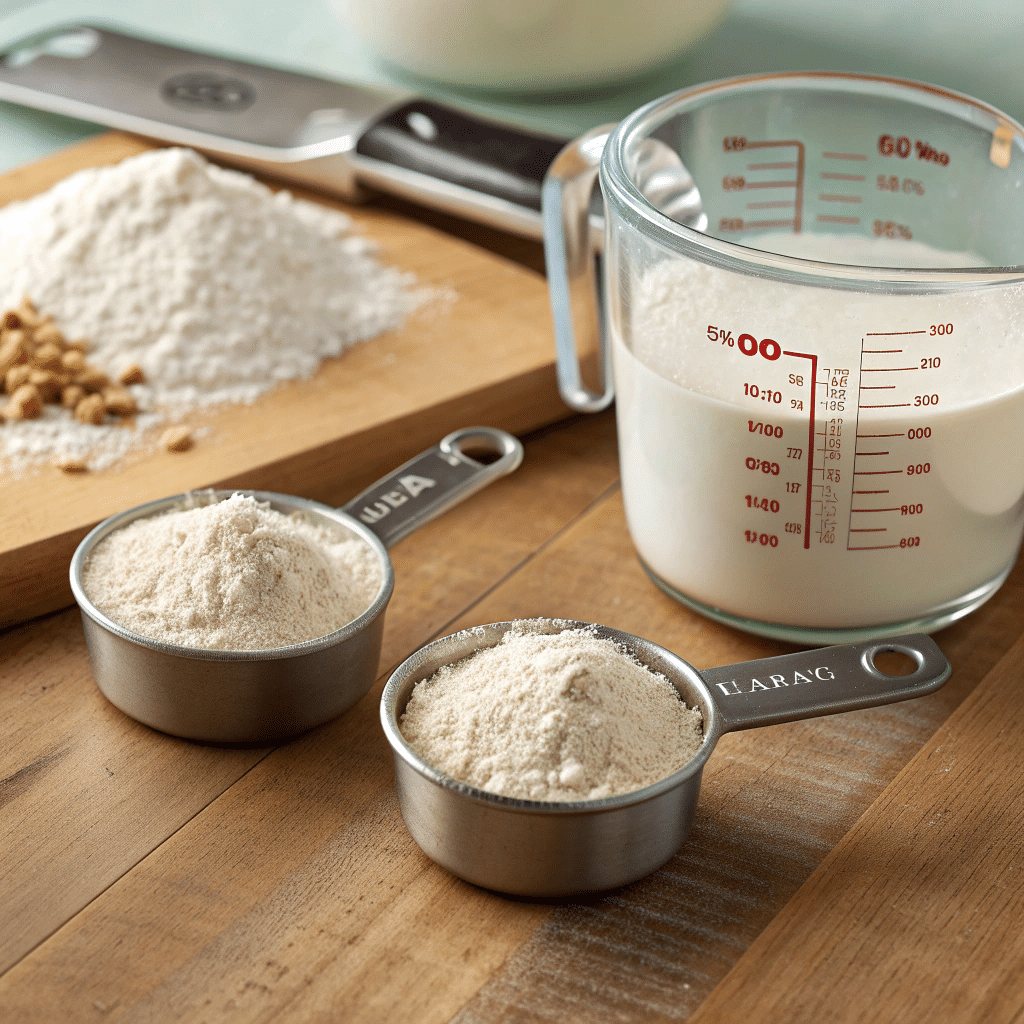
2. Scooping Flour Straight from the Bag
Here’s a classic mistake: jamming your cup straight into the flour bag. You’re not just measuring flour—you’re compacting it. That means you might be adding up to 25% more flour than the recipe intended. Hello, dry cookies.
Quick Fix: Fluff the flour with a spoon, then lightly spoon it into your dry measuring cup. Level it with a knife. Yes, it takes five extra seconds, but it’s worth it.
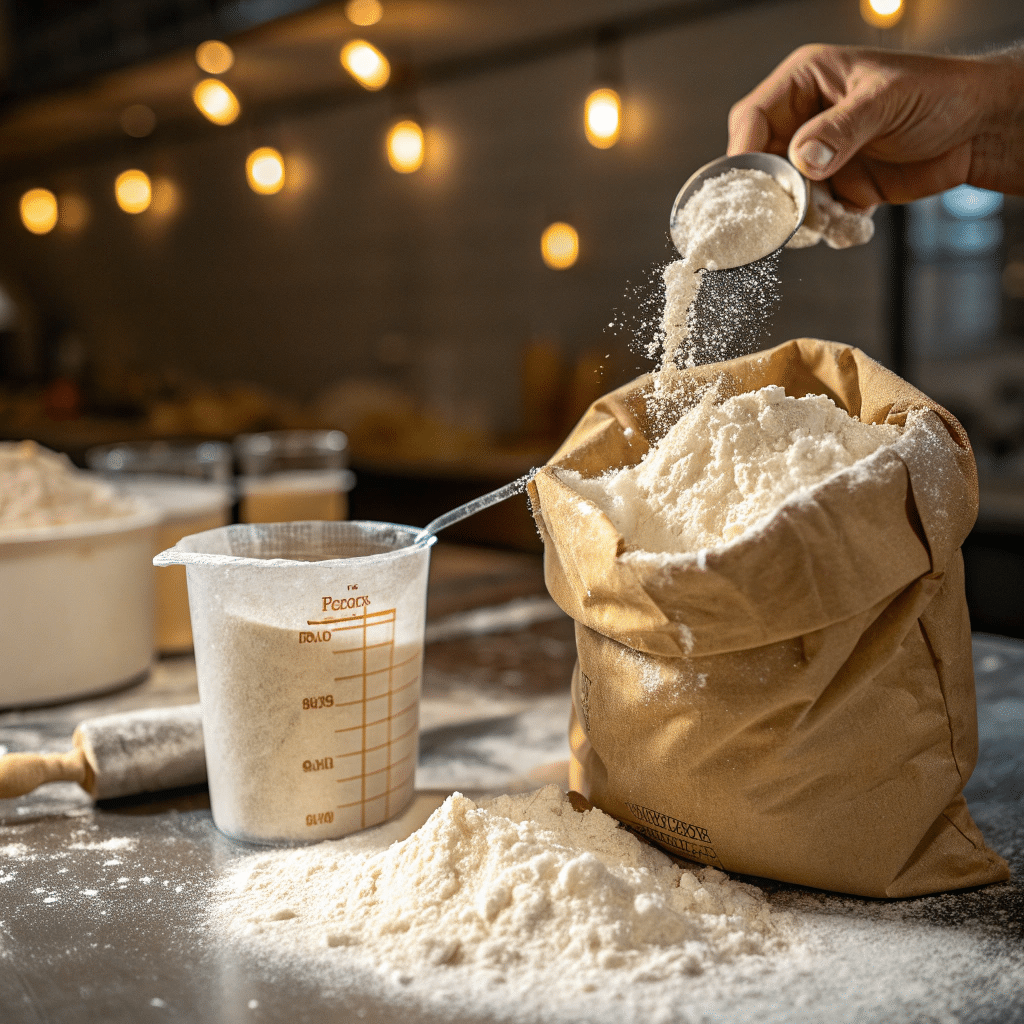
3. Ignoring Room Temperature Ingredients
Most recipes that call for butter, eggs, or milk expect them at room temperature. Cold butter won’t cream properly with sugar, and cold eggs can cause batter to seize. Suddenly, your “good eats” turn into a dense cake instead of a fluffy one.
Quick Fix: Take eggs and butter out 30 minutes before baking. Forgot? Place eggs in a bowl of warm water for five minutes and cube butter into small chunks to soften quickly.
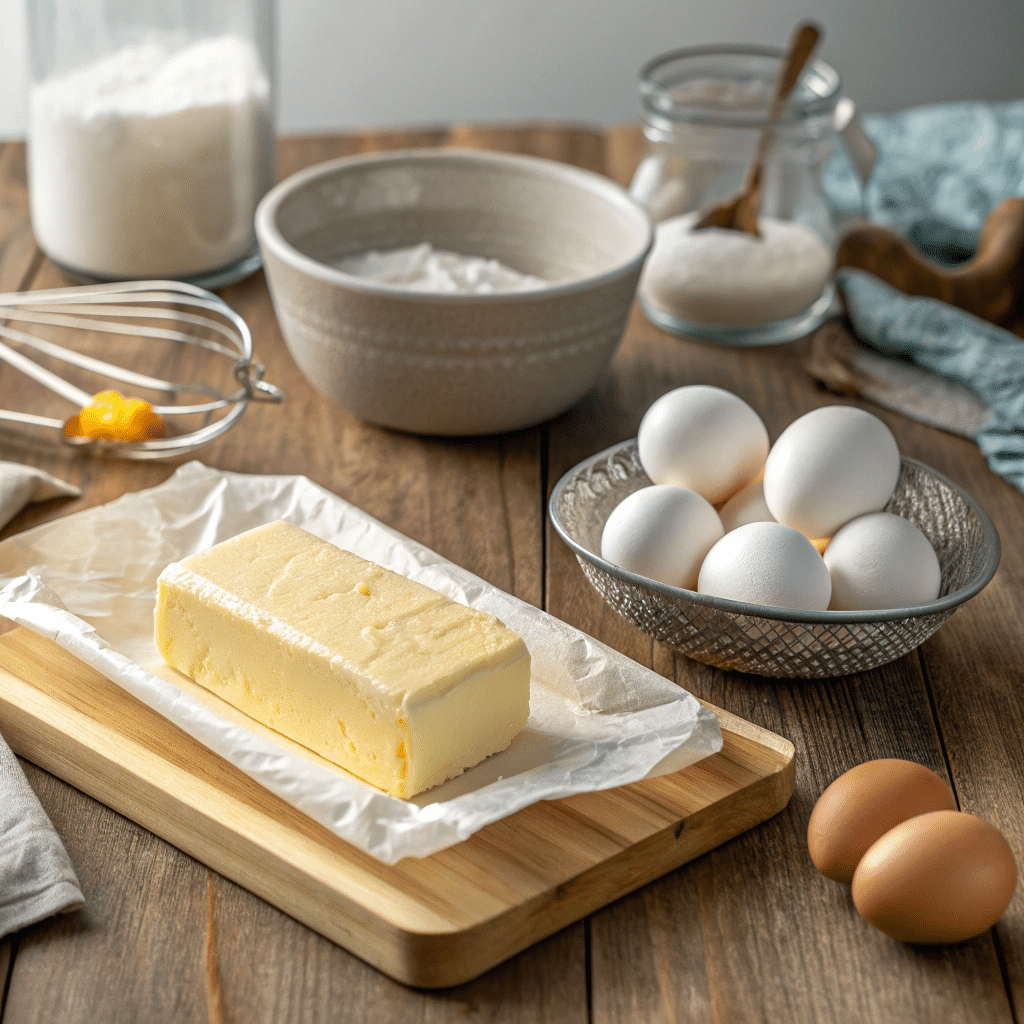
4. Overmixing the Batter
It’s tempting to stir and stir until everything looks perfect. The problem is, overmixing develops too much gluten, leading to tough cakes and muffins.
Quick Fix: Mix just until ingredients combine. If you still see a streak of flour, that’s okay. It’ll vanish during baking.

5. Using Expired Leavening Agents
Baking powder and baking soda lose strength over time. Using an old box is like trying to start a car with a dead battery—you won’t get the lift your cake needs.
Quick Fix: Test baking powder by mixing ½ teaspoon into hot water. If it bubbles immediately, it’s good. For baking soda, mix with vinegar. No fizz? Time to replace it.
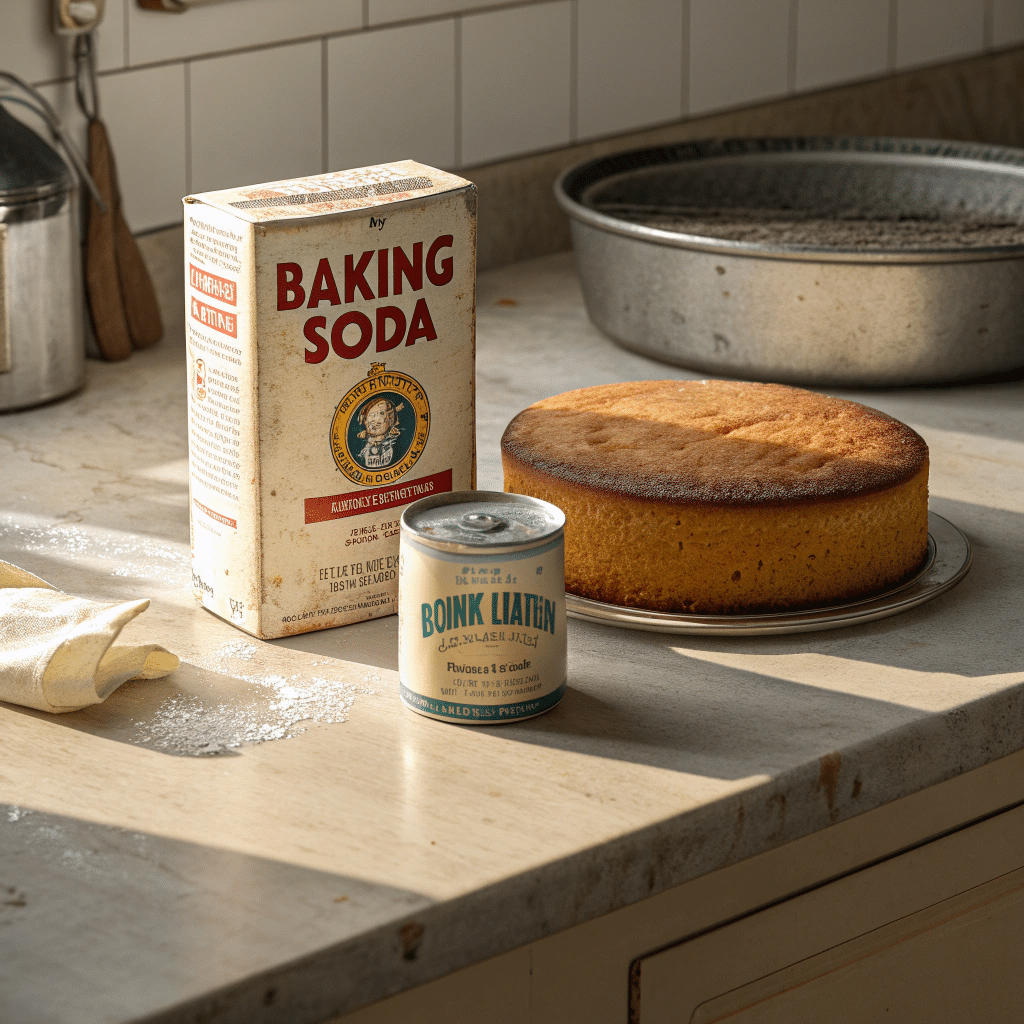
6. Not Preheating the Oven
Sliding batter into a cold oven is like sending bread into battle without armor. Without the initial blast of heat, your cakes won’t rise properly and cookies will spread too much.
Quick Fix: Always preheat. Give your oven at least 15 minutes, and use an oven thermometer. Many ovens run hotter or cooler than the dial says.
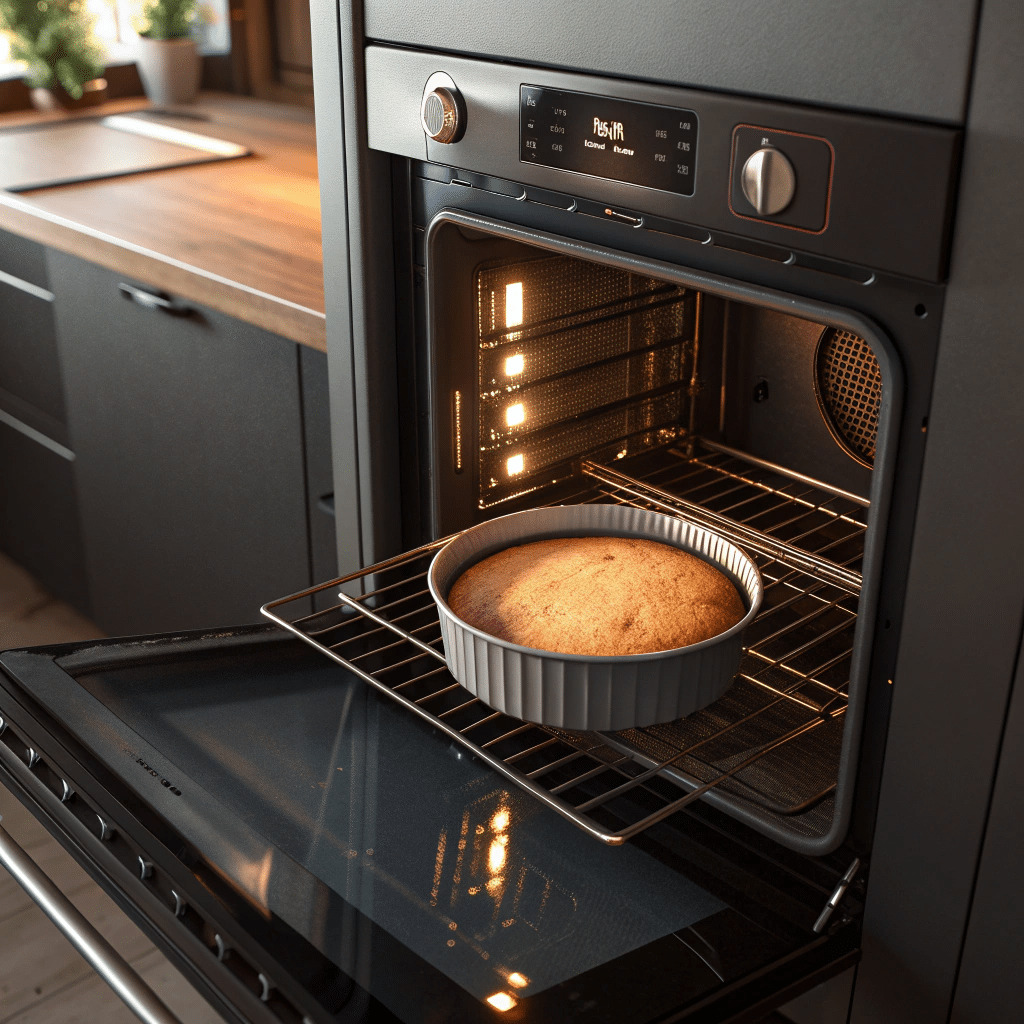
7. Cutting Into Bread Too Soon
Freshly baked sourdough smells irresistible, but cutting it too soon traps steam inside and gives you a gummy texture. I’ve made this mistake with a sour dough bread starter recipe that I babied for weeks—and trust me, the wait is worth it.
Quick Fix: Let bread cool at least an hour before slicing. This helps the crumb set and keeps the texture light and airy.
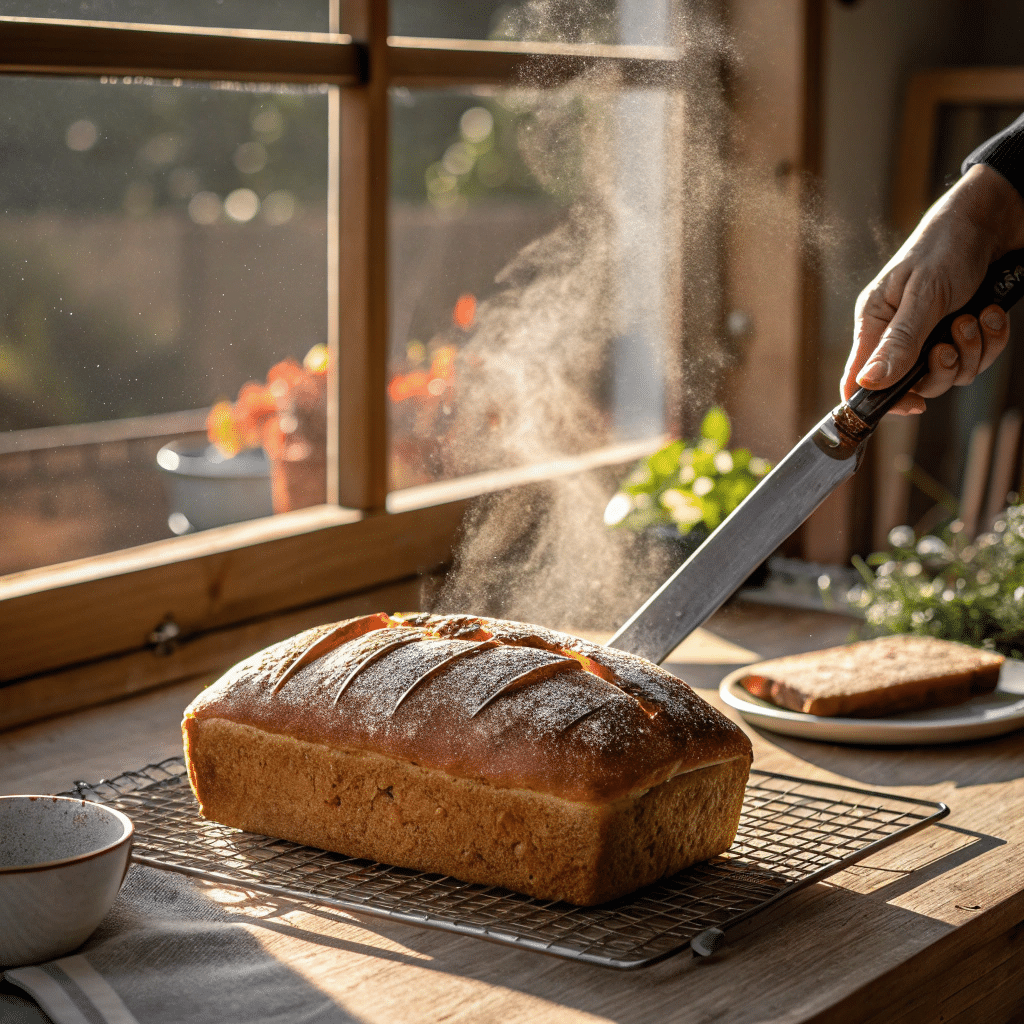
8. Skipping the Recipe Instructions
Baking isn’t like cooking where you can toss in “a pinch of this and that.” Every step—from how you whisk eggs to the order you add ingredients—matters. Ignoring instructions is one of the quickest ways to fail.
Quick Fix: Read the recipe once before you start. Lay out all your ingredients. This way, you won’t suddenly realize you needed softened butter halfway through mixing.

Baking Tips That Make All the Difference
- Invest in dry measuring cups. Precision matters.
- Use a kitchen scale. Many homemade sourdough bread recipes list grams for accuracy.
- Experiment with cooking techniques. Try folding, whisking, or kneading properly to see how texture changes.
- Respect your starter. If you’re working with a sourdough bread starter, feed it regularly and follow a recipe using sourdough starter until you get the hang of it.
Final Thoughts
Baking mistakes happen to everyone—even seasoned bakers. But once you learn the little tricks, your kitchen confidence skyrockets. Remember, each misstep teaches you something. So the next time your bread comes out flat or your cookies spread too much, don’t stress—it’s just part of the journey.
And who knows? Your next batch might just be your best yet.
FAQs
Q: Can I substitute baking soda for baking powder?
Not directly. They react differently. If you swap, you’ll need an acid (like lemon juice or vinegar) to balance baking soda.
Q: Why do my cakes sink in the middle?
This usually happens if the oven door is opened too soon or the cake wasn’t fully baked. Give it the full bake time, and test with a toothpick.
Q: Do I need a sourdough bread starter to make sourdough?
Yes. The starter is what gives sourdough its rise and tang. Luckily, making a sourdough bread starter recipe is simple—just flour, water, and patience.
Q: How do I know if I overmixed my batter?
If your cake comes out dense or rubbery, you probably mixed too much. Next time, stop as soon as ingredients combine.
Q: What’s the most underrated baking tool?
An oven thermometer. Seriously, it’ll save you from so many baking fails.

